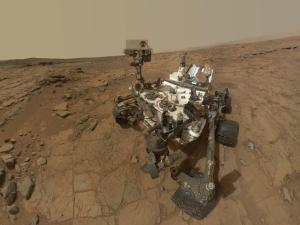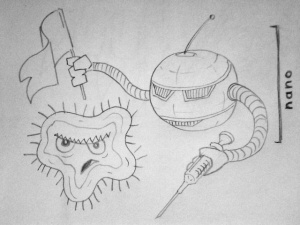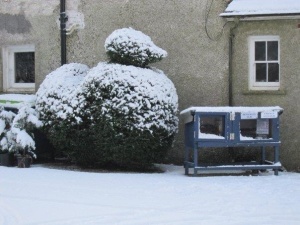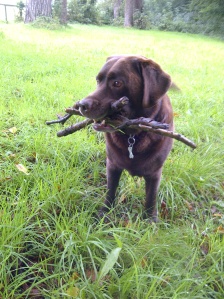After seeing the video of Chris Hadfield, the Canadian astronaut singing David Bowie’s Space Oddity from the International Space Station I came across several funny videos of him describing life aboard the space station, from how you sleep, wash your hands, and even puke in space! It struck me that the Canadian Space Agency is doing an amazing job at harnessing the power of social media and hopefully this is inspiring the next generation to push the boundaries and get interested in science and technology (or to be astronauts, why not?!).
Hard to imagine that being an astronaut is an actual job! Despite the fact that I’m sure I wouldn’t have the necessary smarts or character (I am also too short, phew!), I just can’t imagine ever being brave enough. I wonder if kids still dream of being one? Or if the scaling back of NASA’s manned missions and the Moon landings and space race turning to distant memories has dulled the dream? Perhaps the next phase of commercial space flight will revive the excitement.
This got me to thinking about what will be our Moon landing? Man on Mars perhaps? Seems hard to imagine doesn’t it? But imagine if it was possible. When I first heard that there were adverts looking for people interested in a one-way trip to Mars I was a little confused. I understood that the possibility of a return journey was just too much of a challenge, but couldn’t believe any company (or agency) would be so upfront about the prospect of dropping some people off on Mars and then presumably handing them a suicide pill if they managed to get there alive. I morbidly began thinking about who would apply…surely only people literally on a death wish. They maybe wouldn’t be the best crew you could hope for!
But, that was my misunderstanding. It turns out there is a serious plan. Mars One, is a private company planning a manned mission to Mars by 2023. It seems they are serious, over 80,000 people have already applied! Imagine if you will, a seven month outward journey. Seven months! No water for washing, very closely confined with three other comrades. Seven months! Then you land, just you four, and make your way to the pre-assembled (by machines) living quarters. Imagine how crazy that would be. The plan would then be that the original four will be joined in subsequent missions by more astronauts/immigrants in the years to follow, bringing more technology and materials necessary for expansion with them. And so the colony grows…
The astronaut selection process is due to start this year, with them undergoing extensive Earth based testing over the several years between selection and launch. Perhaps a sign of the times, but the plan is that the whole shebang will be televised, from astronaut selection, Earth based training, launch, transit, to landing and beyond. As the company is a private enterprise, this will no doubt form a large part of the revenue required for the project. Extraterrestrial reality TV. This makes me slightly uncomfortable, especially when you think about the extreme challenges and dangers that would accompany this mission. But I have to say I would definitely watch and I’m interested to see how this will all pan out. Would I go? Hell’s no!











